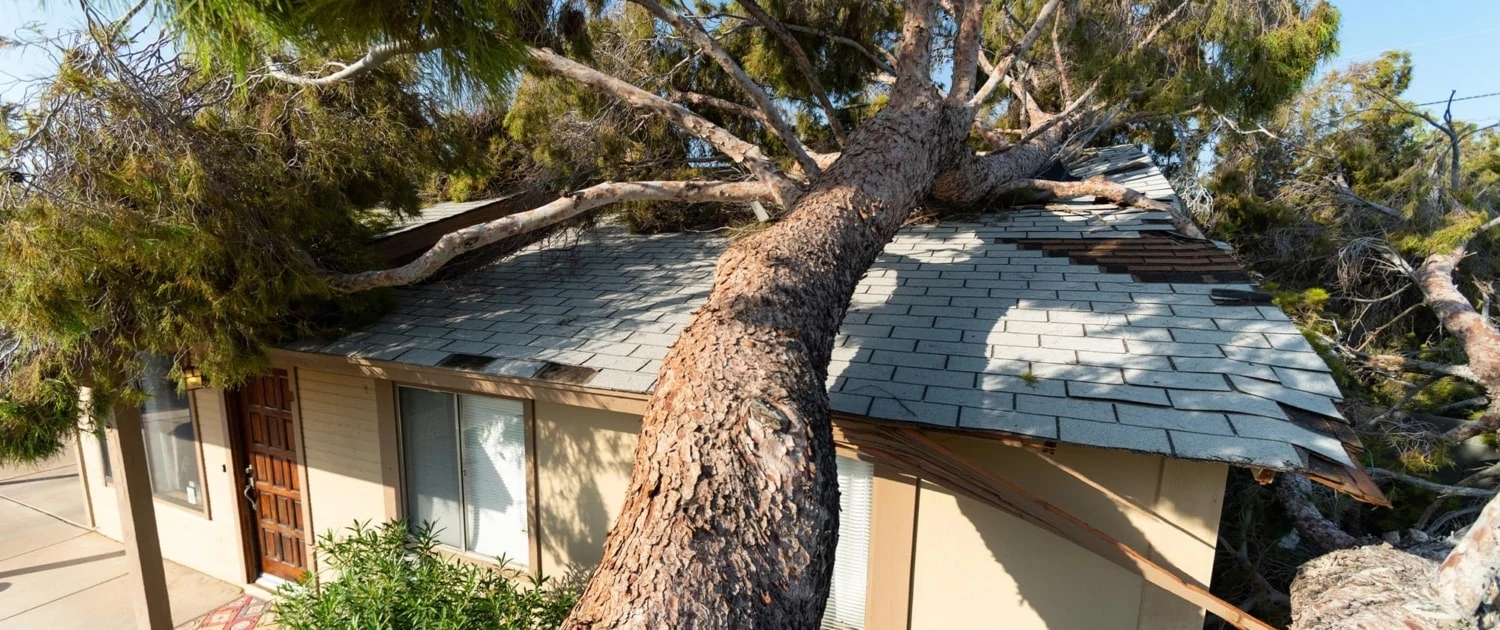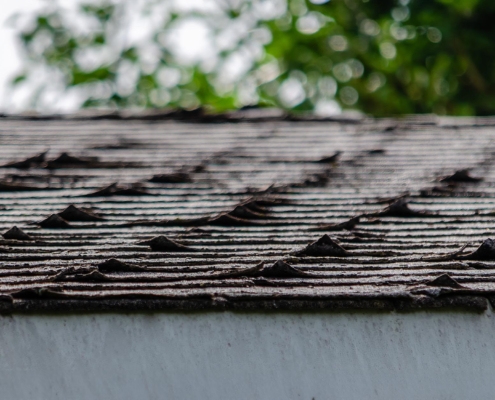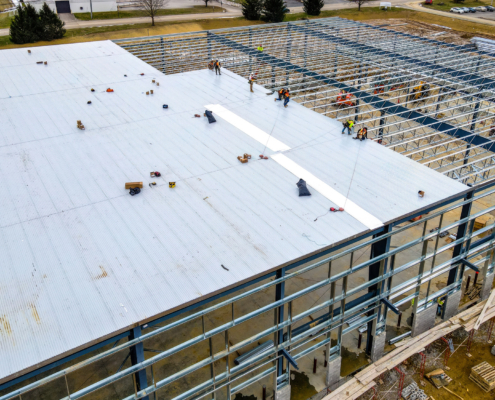 https://paramountkangaroof.com/wp-content/uploads/2023/11/Front-view-of-two-professionals-conducting-a-roof-inspection.jpg
1250
2000
AbstraktMarketing
/wp-content/uploads/2023/11/cropped-Paramount-Kangaroof-300x174-1.webp
AbstraktMarketing2023-11-13 09:00:002025-11-02 13:33:26How Often Should Your Roof be Inspected?
https://paramountkangaroof.com/wp-content/uploads/2023/11/Front-view-of-two-professionals-conducting-a-roof-inspection.jpg
1250
2000
AbstraktMarketing
/wp-content/uploads/2023/11/cropped-Paramount-Kangaroof-300x174-1.webp
AbstraktMarketing2023-11-13 09:00:002025-11-02 13:33:26How Often Should Your Roof be Inspected?Weather the Monsoon Season With Proper Storm Preparation
Preparing your home for the worst is essential as the monsoon season approaches. Unfortunately, there is no foolproof way to be 100% safe from a severe storm, but there certainly are steps that can be taken.
Aside from living outside a flood zone, the next point to emphasize is the roof. Failure to properly prepare your roof could lead to leaks, damage, and even collapse. Here are some tips to prepare your roof for monsoon season and what to do if you have an emergency.
5 Tips and Tricks for Proper Storm Preparation
1. Clean Your Gutters and Downspouts
The first step in preparing for the monsoon season is to clean your gutters and downspouts. Over time, debris such as leaves, sticks, and dirt can accumulate in your gutters, clogging them and preventing rainwater from draining correctly. This can cause water to overflow onto your roof and damage it.
To clean your gutters, start by removing any large debris by hand. Next, use a garden hose to flush out any remaining debris and check that water flows freely through the downspouts. If you notice any blockage, use a plumber’s snake or a high-pressure nozzle attachment to clear it out.
2. Inspect Your Roof for Damage
Once your gutters are clean, it’s time to inspect your roof for any damage that may have occurred since the last monsoon season. Look for cracks, missing shingles, or any other signs of wear and tear. Pay particular attention to areas around chimneys, skylights, and vents, as these are common areas for leaks.
If you notice any damage, addressing it immediately is essential. Ignoring damage could lead to further deterioration and more costly repairs.
3. Trim Overhanging Branches
If you have trees near your home, it’s important to trim any overhanging branches that could damage your roof during a storm. Branches near or touching your roof can scratch the surface, break shingles, or cause structural damage.
You can also hire a professional tree service to do the job for you. They’ll have the necessary equipment and expertise to trim branches safely and remove debris.
4. Reinforce Your Roof
In areas prone to heavy winds, it’s important to reinforce your roof to prevent it from being damaged or blown off during a storm. This may involve installing hurricane straps or reinforcing the roof decking.
If you need clarification on whether your roof needs reinforcement, consult a professional roofing contractor. They’ll be able to assess your roof and make recommendations based on the conditions in your area.
5. Check Your Attic
Finally, checking your attic for any signs of water damage or leaks is important. Look for stains on the ceiling or walls and pay attention to musty or damp odors. These could be signs of a leak that needs to be addressed before the monsoon season begins. If you notice any issues, contact a professional roofing contractor as soon as possible to assess the damage and make necessary repairs.
When Does Roof Storm Damage Become Too Much?
Nobody wants to spend thousands of dollars on anything, let alone a roof. However, compared to the potential costs of repairing a home with leaks, mold, or worse, sometimes it’s just the right decision to make a replacement.
Here are a few scenarios that could mean it’s time for a total replacement.
- Age: Roofs lose strength and integrity as time passes. Even with patchwork and fixup projects, it’s just time to replace at some point. Typically, a roof can last up to 20 years. However, that number can drop drastically when dealing with monsoons or other extreme weather. If the roof is over five years old, it may be time to consider a replacement depending on the potential issues.
- Warranty: This can go along with age, but it’s worth mentioning. Roofing companies have their product down to a science. They know when roofs typically start to fall apart, and that’s usually after a warranty ends. If your warranty is a few years past its expiration, this might indicate that it’s time to replace the roof entirely, as other issues could soon follow.
- Widespread Damage: If a few shingles fall off, or if there is a small impacted area, the repair may be simple enough without any severe long-term issues. If the damage is widespread, however, it could weaken the entire roof and lead to more extensive problems when the next storm hits. If this happens, it’s wise to redo the entire roof.
What to Do If Your Roof Is Leaking During a Storm
Even with the best preparation, emergencies can still happen. If you experience a storm-damaged roof, it’s important to act quickly to minimize the damage.
Start Your Storm Preparation With Paramount KangaRoof
When you contact Paramount KangaRoof, we have the equipment and expertise to handle even the most severe storm damage, so your roof will be in good hands. With regular maintenance and repair services to keep your roof in top condition, rest assured knowing we’ll keep you weather the stormy season.








